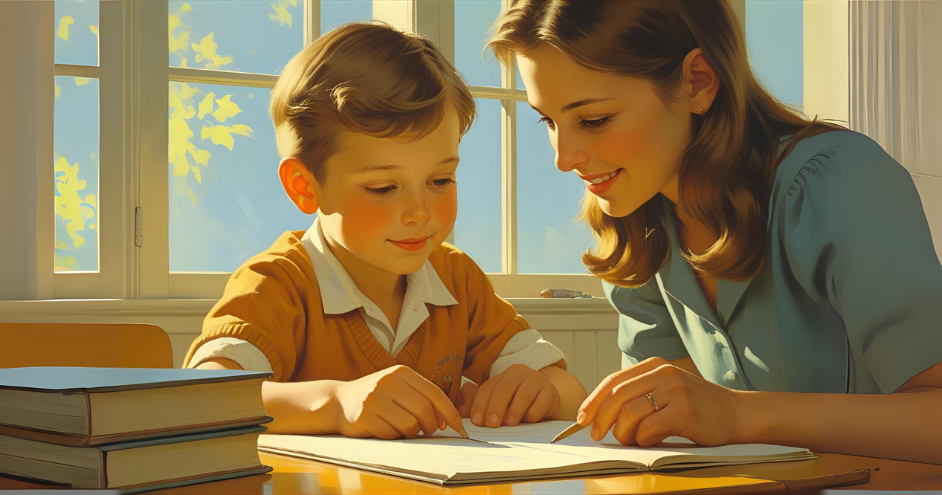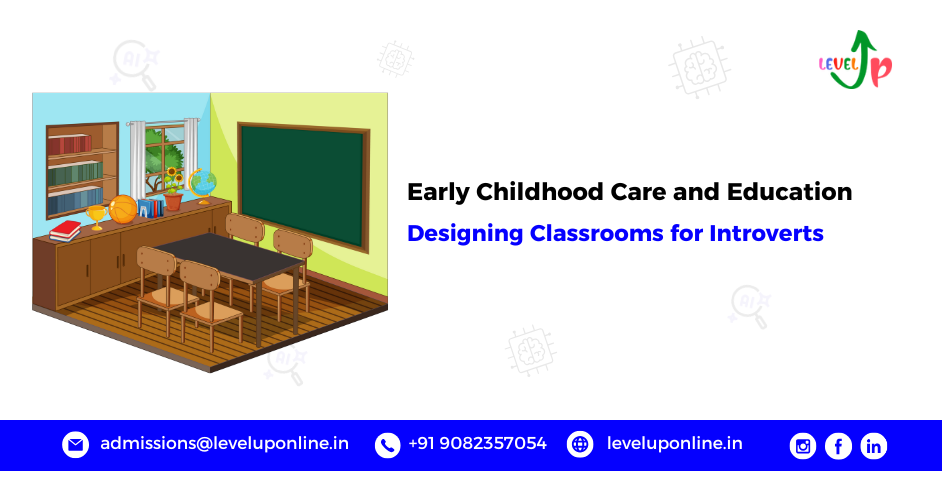Introduction
Every child deserves a learning environment that understands them. While extroverts thrive in buzz and interaction, introverted children often feel overlooked in loud, high-energy spaces. That’s where designing classrooms for introverts in ECCE becomes a vital step toward inclusivity.
Introverted learners aren’t shy or disengaged—they simply process the world differently. These children find joy in reflection, observation, and depth. When we begin designing classrooms for introverts in ECCE, we create space for this quiet brilliance to bloom.
Understanding the Needs of Introverted Students
Introverted children recharge in calm environments. Their energy flows inward, and they often need:
1. Quiet time to reflect before sharing thoughts
2. Minimal stimulation to focus deeply
3. Opportunities for independent work
4. Freedom from constant social pressure
Recognizing these needs is the first step in designing classrooms for introverts in ECCE. The goal isn’t to isolate but to provide choice—a classroom where both quiet thinkers and enthusiastic sharers feel equally supported.
Creating Physical Spaces That Support Introverted Learners
Imagine walking into a classroom that feels like a soft invitation instead of a performance stage. That’s the essence of thoughtful classroom design for introverts.
Here are key physical elements to consider:
- 🪑 Personal Nooks: Use partitions, bookshelves, or small tents to create cozy individual spaces where children can read, think, or create in peace.
- 🌿 Nature Integration: Soft lighting, calming colors, plants, and natural textures help reduce overstimulation.
- 🔉 Sound Control: Rugs, wall panels, and soft seating help absorb noise. Minimizing auditory clutter is crucial when designing classrooms for introverts in ECCE.
- 🧸 Flexible Layouts: Instead of only group tables, include individual desks or floor mats for solo activities.
Each element silently communicates: “Your space matters here.
Balancing Group Work with Individual Learning Opportunities
Group activities are vital, but for introverts, constant collaboration can be draining. Instead of one-size-fits-all teaching, try:
- 🔁 Rotational Learning: Create learning stations—some for group interaction and others for independent exploration.
- 📚 Project Choices: Allow children to choose whether they work solo or with peers during tasks. Designing classrooms for introverts in ECCE should promote autonomy, not pressure.
- 🧠 Think-Pair-Share Alternatives: Offer “Think-Reflect-Write” models to allow internal processors time to engage meaningfully.
This balance teaches children that all ways of participating are valid and valuable.
Technology Integration for Introverted Expression
Technology can be a bridge for introverts to express ideas without the overwhelm of speaking up in groups. Smart integrations include:
- 💻 Digital Storytelling Tools: Apps that allow children to draw, write, or voice-record stories in private.
- 🎧 Audio Stations: Where learners can listen to calming music, stories, or guided meditations—great for self-regulation.
- 🎥 Video Reflections: Instead of sharing live, introverted students might prefer recording a short message to express their understanding.
When used thoughtfully, tech amplifies voice—not noise. This makes it an essential component in designing classrooms for introverts in ECCE.
Classroom Management Strategies for Mixed Personality Types
A great ECCE classroom respects all temperaments. That means building systems that:
- 🕊️ Respect Silence: Avoid calling out children who don’t speak up quickly. Use cues like colored cards or quiet signals for participation.
- 🧩 Vary Participation Modes: Include drawing, movement, music, and writing in responses—not just verbal answers.
- 🧘 Build Routine Calm: Start mornings with mindfulness or journaling to ease children into the day.
When designing classrooms for introverts in ECCE, we also empower extroverted learners to appreciate stillness, patience, and deep listening.

Empowering Through Thoughtful Design Choices
Small details carry big meaning. The height of a shelf, the invitation to write in a journal, the presence of a beanbag near a window—all these tell a child: “You belong.”
Some empowering design practices include:
- 🌈 Visual Schedules: Help reduce anxiety in introverts who prefer knowing what comes next.
- 📖 Solo Corners with Journals: Encourage quiet self-expression during transitions or when emotions run high.
- 🖼️ Choice Boards: Let children choose how to express learning—through blocks, drawing, puppets, or stories.
Each design detail becomes a tool of equity—allowing every child, especially the quiet ones, to thrive.
Conclusion: Silence Is a Strength
In ECCE, we often celebrate the loudest voices, the fastest answers, the biggest smiles. But silence has its own rhythm. Designing classrooms for introverts in ECCE is about acknowledging that thoughtful pauses, reflective learners, and quiet curiosity are just as powerful.
When we design with care, we build classrooms that whisper safety and spark confidence in every child—especially the quiet ones who are often listening more deeply than we know.
Let’s not ask introverts to become louder.
Let’s build spaces where they already feel heard.


